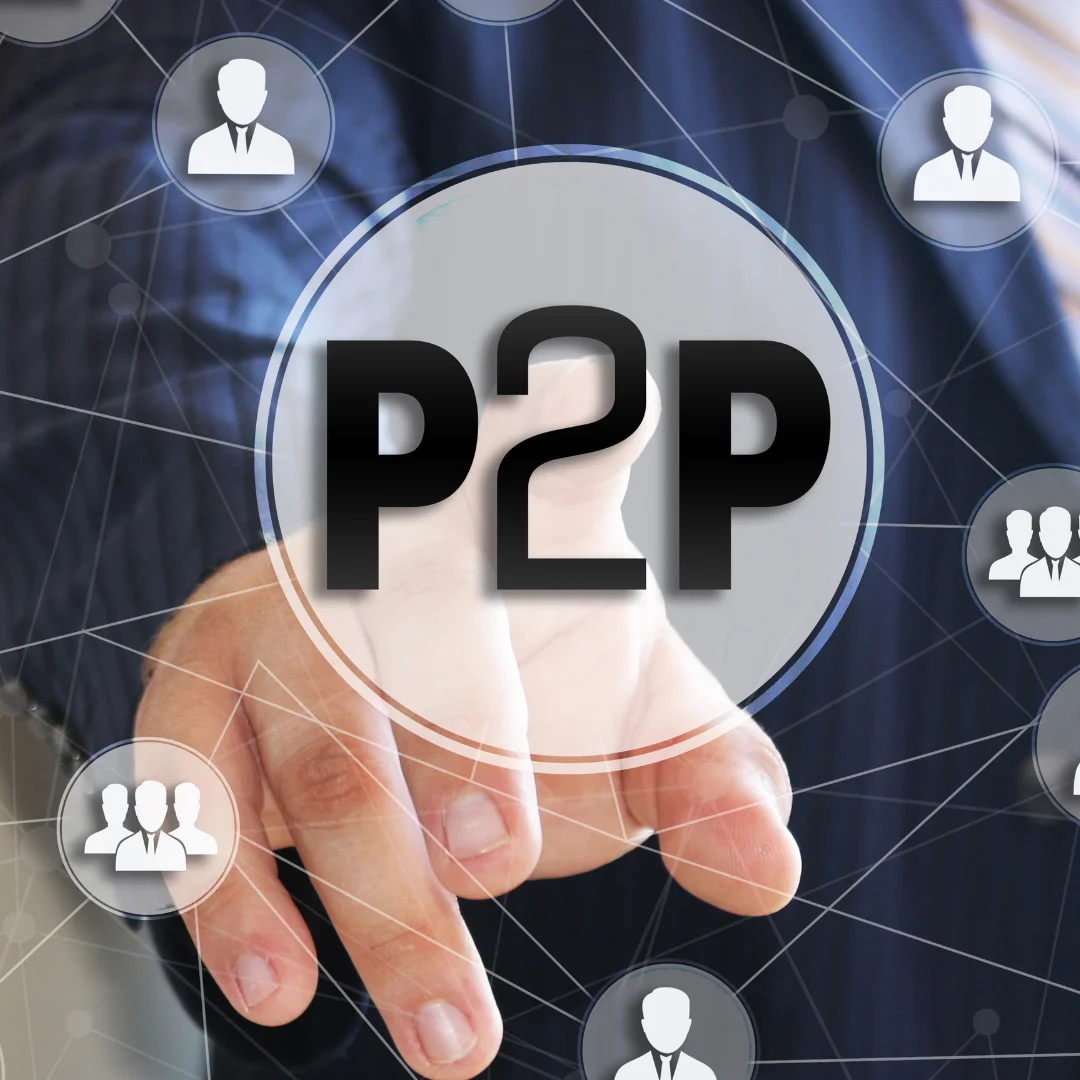Peer-to-peer (P2P) payment apps have come a long way since their humble beginnings in the late 1990s. What started out as a way to simplify person-to-person transactions has evolved into a powerful tool for managing finances and making payments.
Early P2P payment apps, like PayPal, were web-based and required users to log in via a computer. This limited their accessibility and made them cumbersome to use. However, with the rise of smartphones and mobile technology, P2P payment apps became more accessible and convenient. Apps like Venmo and Square Cash allowed users to instantly transfer funds using just their mobile phones. These apps also capitalized on the social media trend of splitting bills among friends and family, making it easy to request and send money with just a few taps.
As P2P payment apps became more popular, security concerns also arose. However, app developers quickly addressed these concerns by implementing advanced encryption and biometric authentication. P2P payment apps also started offering additional features, such as the ability to make online purchases, pay bills, and even invest money.
Blockchain technology has further disrupted the P2P payment sector. Decentralized digital currencies like Bitcoin have made it possible to send money securely and transparently across borders without intermediaries. This has opened the door for more innovative P2P payment solutions that are built on blockchain technology.
The evolution of P2P payment apps is not over yet. In the future, we can expect to see these apps integrate with other financial services, such as budgeting tools and micro-investing platforms. Additionally, the rise of “super apps” aims to consolidate various financial activities into a single platform, offering users a seamless and comprehensive financial experience.
Overall, P2P payment apps have revolutionized the way we exchange money and manage our finances. These apps have made sending money easier, more convenient, and more secure. As P2P payment technology continues to evolve, we can expect to see even more innovative and convenient ways to use these apps in the future.


